-
Social Media
Designing for social media involves creating visuals that catch attention and communicate effectively across different platforms. Here’s a guide to help you get started:
1. Understand Your Audience
- Demographics: Consider age, gender, location, and interests.
- Platform Preferences: Tailor your design to the specific platform (e.g., Instagram visuals vs. LinkedIn graphics).
2. Design Principles
- Consistency: Use consistent colors, fonts, and styles to build brand identity.
- Simplicity: Keep designs uncluttered. Focus on key messages and calls to action.
- Visual Hierarchy: Guide viewers’ eyes with size, contrast, and placement of elements.
3. Platform-Specific Design
- Instagram: Use high-quality images, eye-catching colors, and minimal text. Stories and posts should have a cohesive theme.
- Facebook: Design for both posts and ads with a focus on engagement. Consider including clear calls to action and interactive elements.
- Twitter: Use bold graphics and concise text. Visuals should be easily readable at a glance.
- LinkedIn: Go for a more professional look with clean, informative graphics. Highlight industry-related content.
4. Key Elements
- Imagery: Use high-resolution images or illustrations relevant to your content.
- Typography: Choose readable fonts and avoid too many different typefaces. Maintain a hierarchy with font sizes.
- Colors: Use a color palette that reflects your brand and evokes the right emotions.
- Branding: Incorporate your logo subtly but prominently to increase brand recognition.
5. Tools for Design
- Canva: User-friendly with templates for different platforms.
- Adobe Creative Suite: Advanced tools for professional-level design (Photoshop, Illustrator, InDesign).
- Figma/Sketch: Great for collaborative design and prototyping.
6. Testing and Analytics
- A/B Testing: Experiment with different designs to see what works best.
- Analytics: Monitor engagement metrics to refine your design strategy.
7. Stay Updated
- Trends: Follow current design trends but adapt them to fit your brand’s voice and goals.
- Platform Updates: Stay informed about changes in social media algorithms or design guidelines.
By focusing on these aspects, you can create visually appealing and effective social media content that stands out and resonates with your audience.
Get Free Quote
Amazing wonderful customer service and fast service
Will be coming soon!

Noura Salman
Business Owner
